The haunting chant echoes across the marae (meeting grounds), as a group of Māori warriors slap their thighs, stomp their feet, and roll their eyes in a display of raw power. This is the haka – New Zealand’s iconic war dance that has become synonymous with Māori culture worldwide. Yet few understand its profound spiritual significance as a connection to ancestors, land, and identity. Behind the ferocious expressions lies a sacred tradition stretching back centuries, where every movement tells a story of tribal lineage and the unbreakable bond between people and place.
To witness a haka is to feel the whenua (land) itself come alive. The dancers’ footwork mimics earthquakes and volcanic eruptions that shaped Aotearoa (New Zealand), while their upraised arms symbolize mountains. "The haka isn’t performance art," explains Tame Iti, a Ngāi Tūhoe elder. "When we perform it at dawn facing our ancestral mountains, we become the land speaking." This philosophy permeates Māori cosmology, where humans are viewed not as owners of nature but as threads within its living tapestry. The famous All Blacks rugby team’s pre-game haka, though globally recognized, represents merely the surface layer of this cultural iceberg.
Deeper still lies the art of tā moko – the sacred facial and body tattooing that maps one’s whakapapa (genealogy) onto the skin. Unlike decorative tattoos, each moko’s swirling patterns follow the wearer’s facial musculature, turning the body into a walking historical document. "My moko isn’t for you to read," says master carver Rangi Kipa, tracing the koru (spiral) designs on his chin. "It’s a conversation between me and my tīpuna (ancestors)." Women traditionally wore moko on the lips and chin, the vibrations of their speech activating the designs during karakia (prayers). For both genders, the painful tattooing process – using bone chisels dipped in pigment – constitutes a rite of passage linking the living flesh to ancestral spirits.
Land remains the ultimate repository of Māori identity, expressed through the concept of turangawaewae – "a place to stand." When Māori introduce themselves, they don’t state their profession but name their mountain, river, and tribal canoe. This orientation reflects the Māori creation story where the demigod Māui fished up the North Island (Te Ika-a-Māui) from the sea, making the very earth a relative. Contemporary land disputes, from the 1975 Māori Land March to recent battles over water rights, stem from this worldview. As activist Hone Harawira puts it: "We don’t protest for ownership papers. We stand as the land standing for itself."
The resurgence of these traditions marks a cultural renaissance after colonial suppression. Once banned in schools, the Māori language now appears on street signs and TV news. Traditional wood carving and weaving techniques, nearly lost to time, flourish in community workshops. Even the haka, once appropriated as a tourist spectacle, has regained its spiritual gravity. At Waitangi Treaty Grounds, visitors no longer watch performances passively but receive elaborate powhiri (welcome ceremonies), learning to press noses in hongi (the traditional greeting that shares breath).
Yet challenges persist. Urbanization has disconnected many Māori youth from tribal lands, while commercial pressures commodify sacred symbols. The debate over whether non-Māori should perform haka reveals deeper tensions about cultural guardianship. "We don’t ‘share’ culture like handing out biscuits," asserts scholar Linda Tuhiwai Smith. "You earn the right to carry it through relationship and respect." Increasingly, museums return mokomokai (tattooed heads) stolen during colonial times, acknowledging these as ancestors rather than artifacts.
As dawn mist rises over Rotorua’s geothermal valleys, the sound of a lone conch shell cuts through the sulfur-scented air. A group gathers to chant as their breath mingles with the steam from the earth. Here, the boundaries between past and present, people and land, dissolve into something timeless. The Māori worldview offers more than cultural spectacle – it presents a radical vision of belonging, where identity isn’t inscribed on passports but etched into the very bones of the earth. In an age of climate crisis and rootless globalization, these traditions don’t belong to New Zealand alone. They whisper a question the whole world must answer: How do we remember our covenant with the land that breathes us into being?
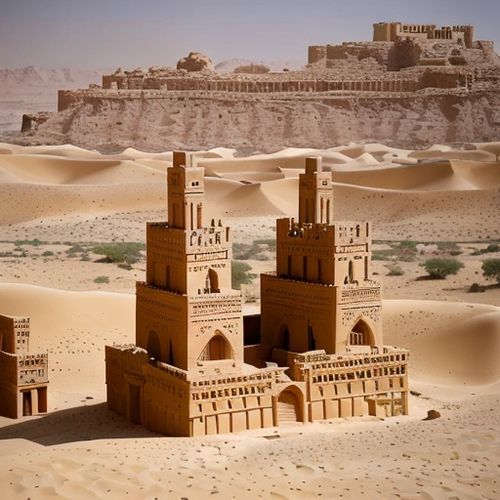
By /May 11, 2025
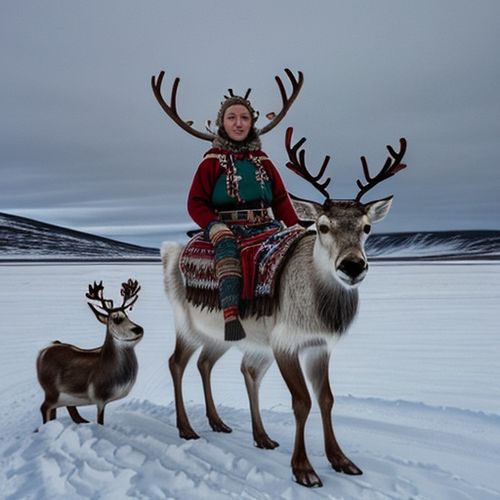
By /May 11, 2025
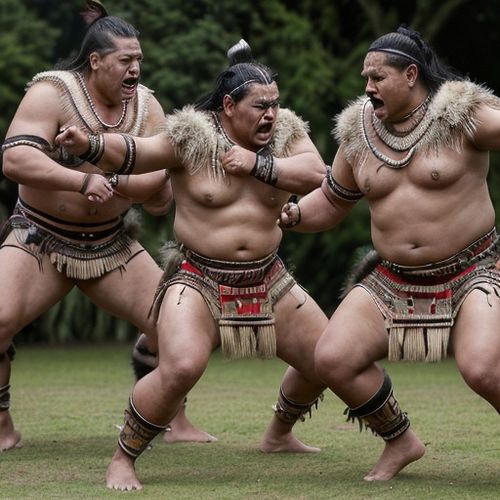
By /May 11, 2025

By /May 11, 2025
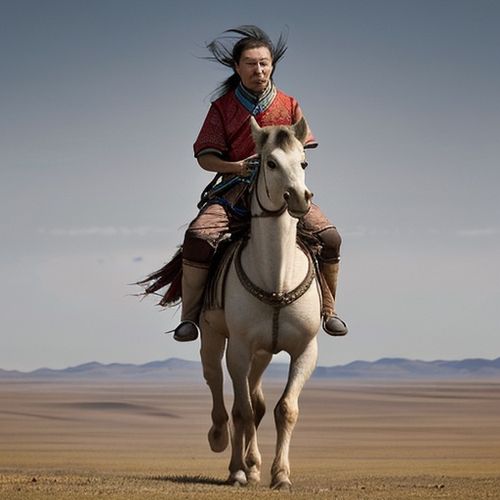
By /May 11, 2025
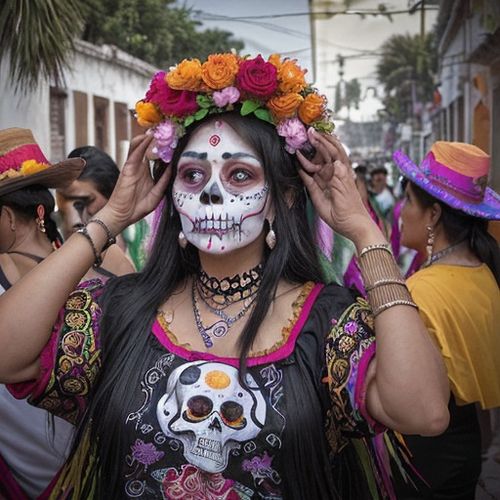
By /May 11, 2025
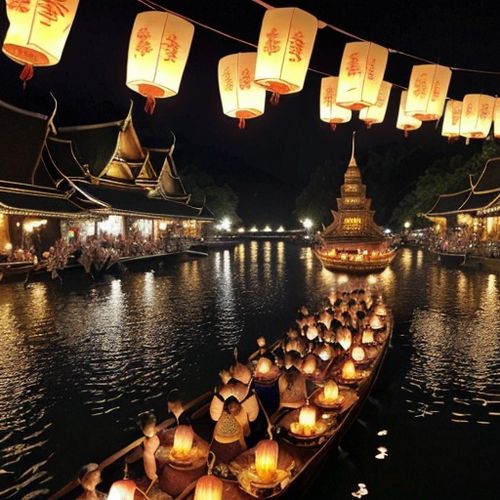
By /May 11, 2025
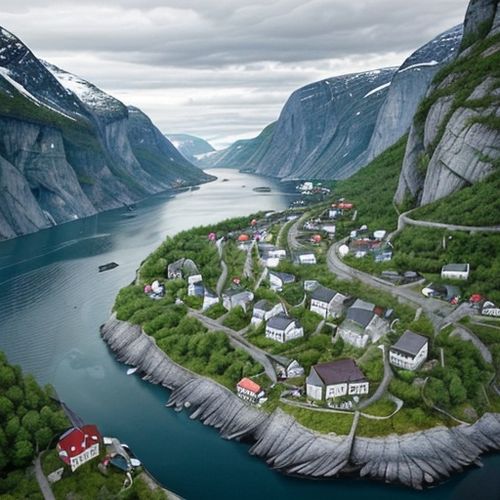
By /May 11, 2025
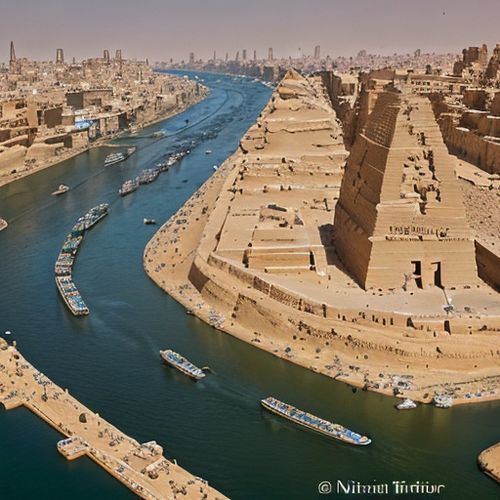
By /May 11, 2025
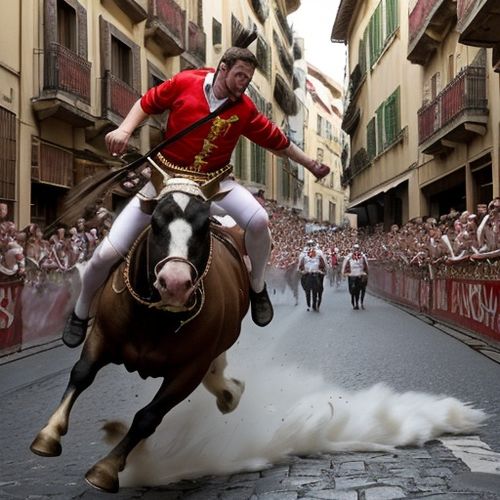
By /May 11, 2025

By /May 11, 2025
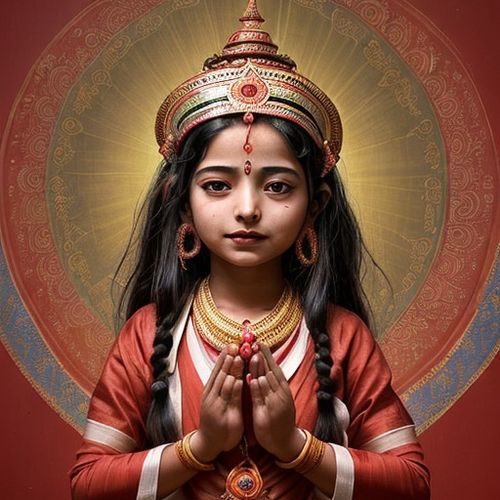
By /May 11, 2025
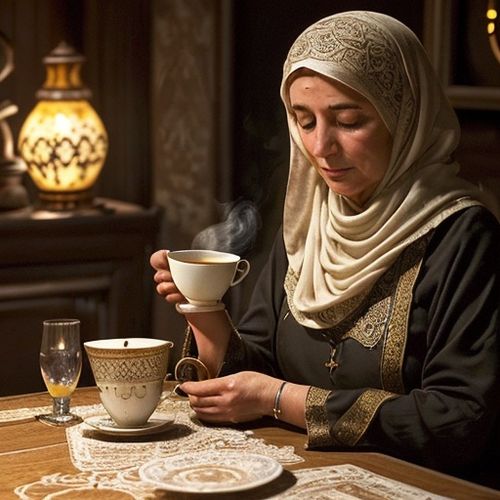
By /May 11, 2025
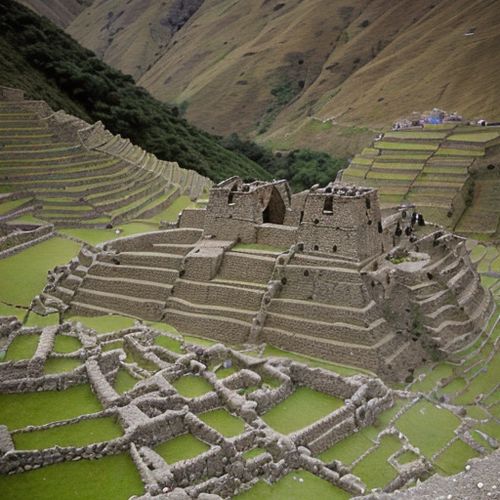
By /May 11, 2025
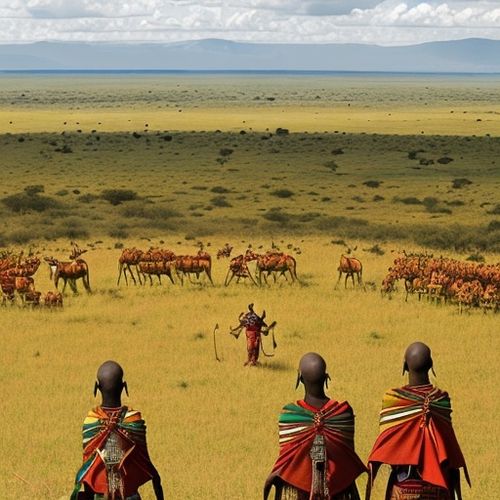
By /May 11, 2025
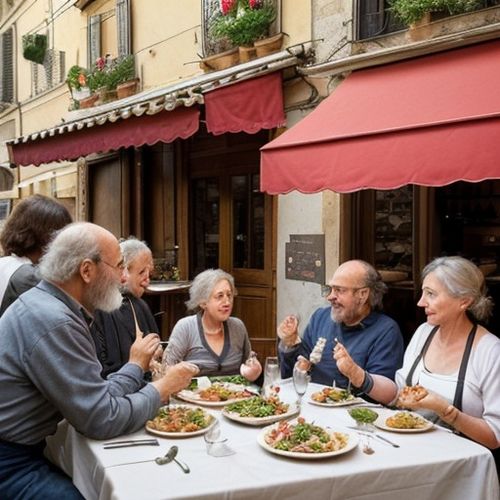
By /May 11, 2025
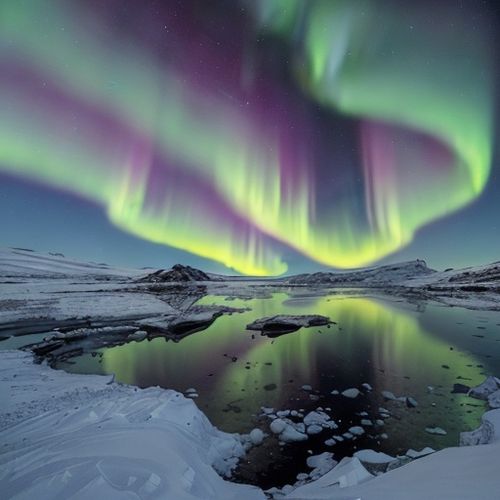
By /May 11, 2025
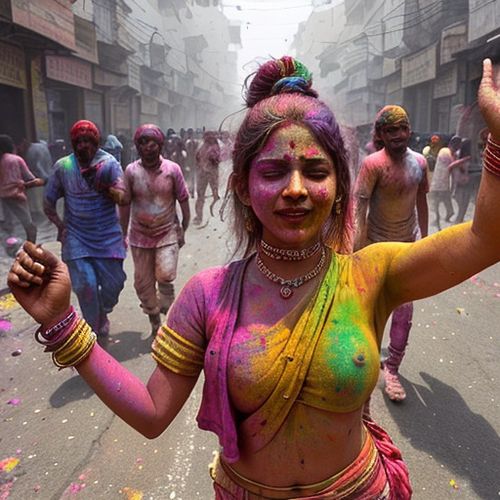
By /May 11, 2025
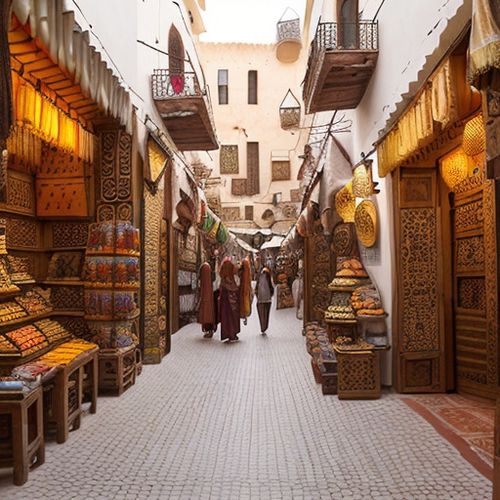
By /May 11, 2025
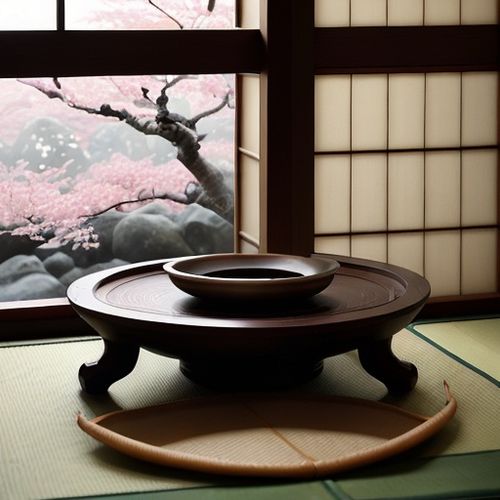
By /May 11, 2025